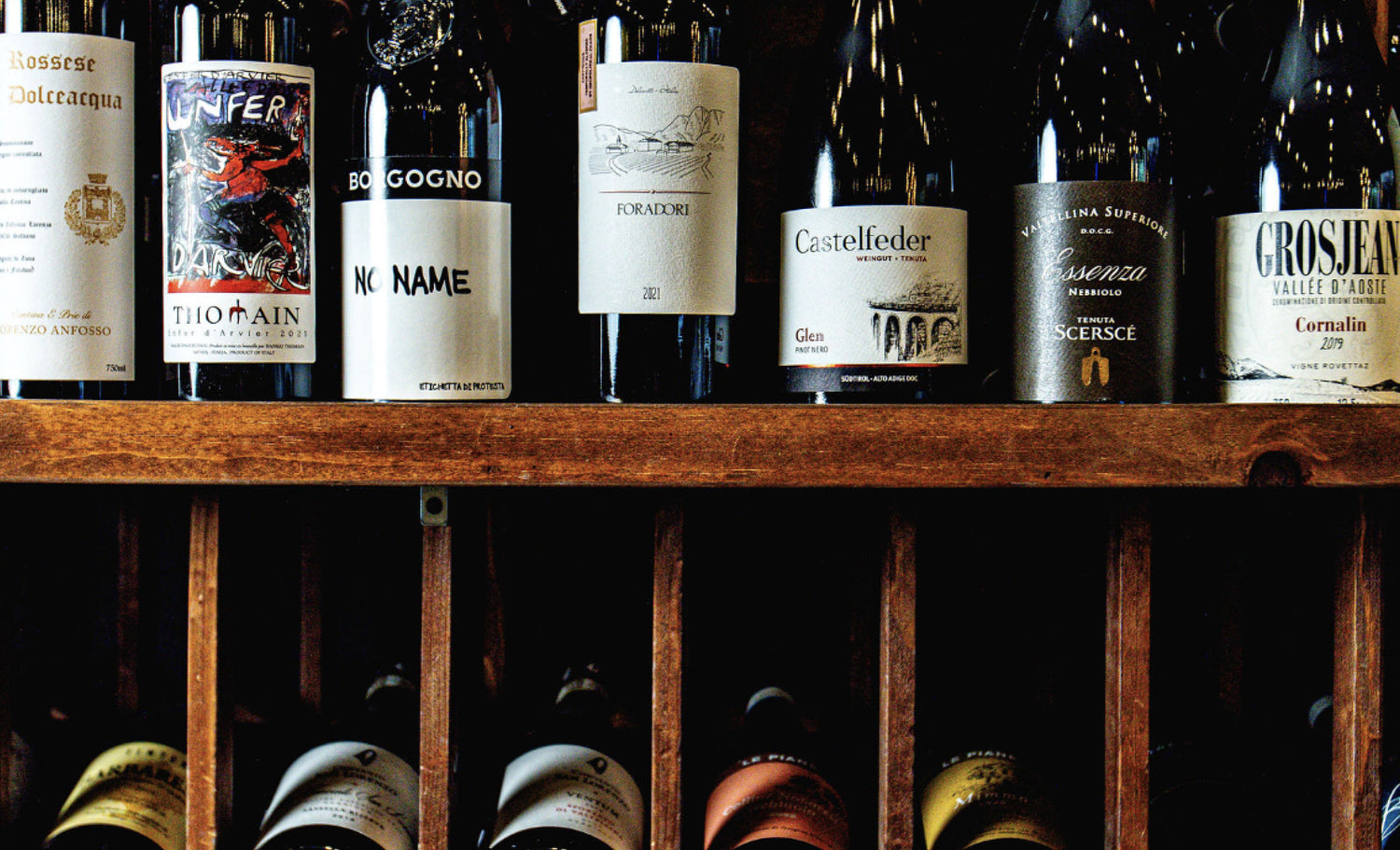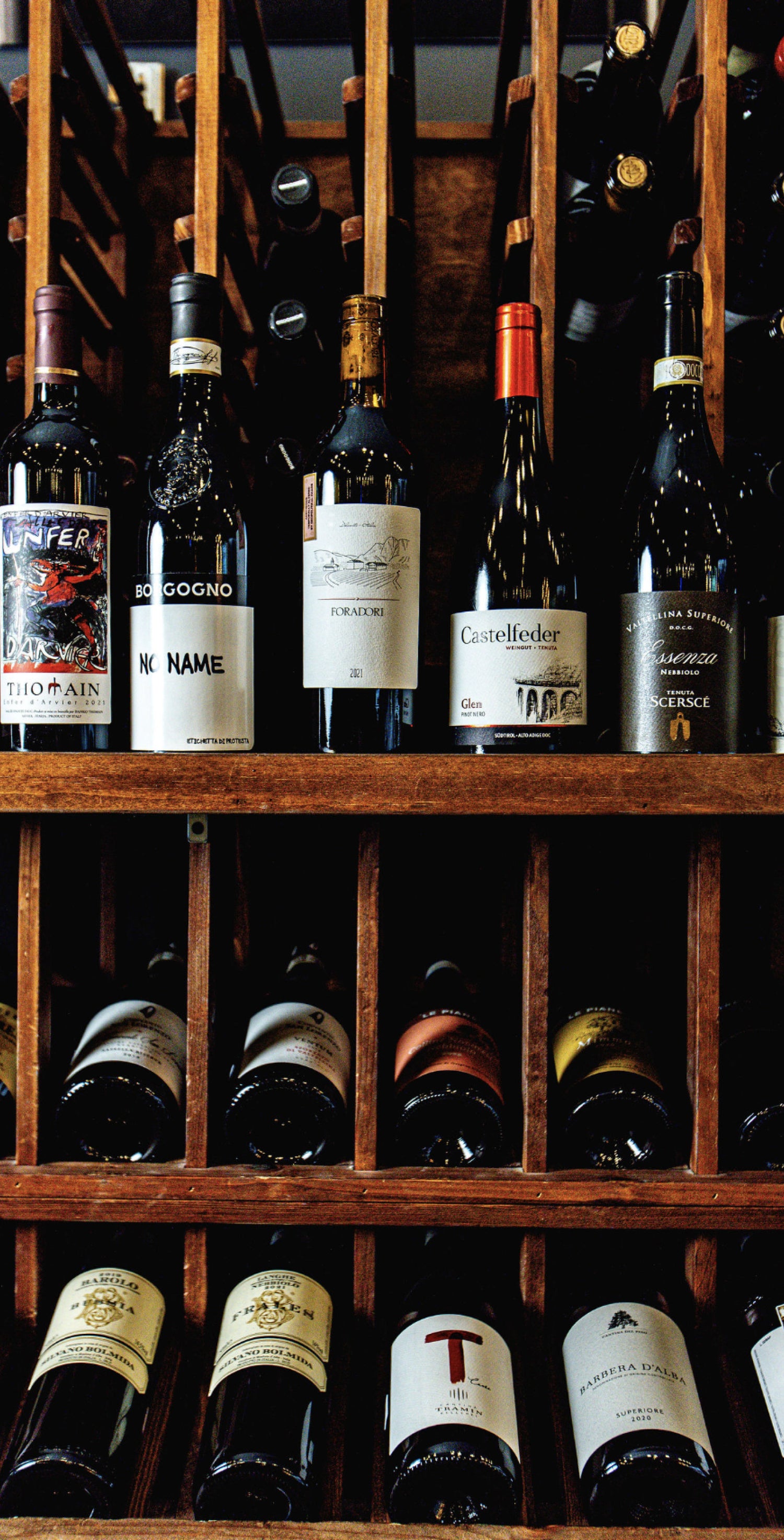Dinner party
Salmon: Three Wines + Three Ways
Building momentum in the Kitchen and in the Cellar can be the very best thing for your skills and, as importantly, your feelings about them. Part Two: Salmon.

This wine is made from 100% Gamay from cru Fleurie in Beaujolais. We would pair it with a lobster and New York Strip surf and turf, a notoriously difficult thing to pair. The wine is made from plots in three separate climats: "La Levratière", "La Chapelle des Bois, and, as the winery says, a third one "whos name must not be pronounced. (It's Corcelette) - all with delicate granite soil. Fleurie is always a fresher and more delicate expression of Beaujolais, and that is certainly the case here. The wine is immediately bright with notes of rose petals and mint on the nose. The palate is bright with chalky raspberry and strawberry fruit, all too familiar to the Beaujolais.
Curious about what's on OUR Table? Have it on your doorstep EVERY MONTH!
Learn more here about our wine clubs
 Poultry
Poultry
 Red Meat
Red Meat
 Shellfish
Shellfish
Place your order online for same-day pick up in-store.
For all orders over $50, we offer free local delivery within a 10 mile radius of each respective Shop in Morris and West Hartford.
We ship wine to many states. UPS Ground is our preferred third party carrier.

BOTTLE by BOTTLE
Small production and careful craft: wine tastes better when someone has made it just for you.
From grape to glass, mindful farming and work in the vineyard that is good for the bees and good for the trees is everything. We make sure it’s ‘made-the-right-way' so you can sit back and indulge.
What matters most is how delicious your Table can be. Fancy or just plain fun, our collection of the everyday to the extraordinary promises a special night ahead.
It feels good to be 'stocked up.' Discover, each month, what is on our Table with these hand-picked selections shipped right to you. Exclusives, must-haves, and more.


In GOOD TASTE
Our stories and work in the Kitchen, on the Wine Route, and in the Cellar: explore to see how we make it delicious.
WISE with AGE?